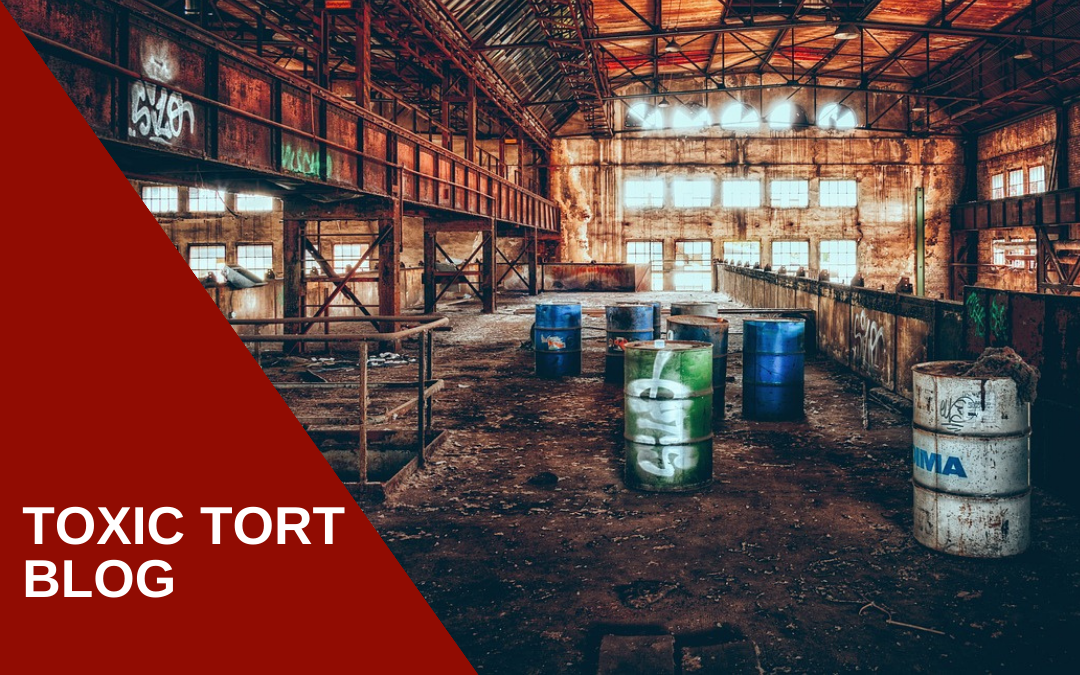
Frequently Asked Questions (FAQs) About Toxic Torts
What Are Toxic Torts?
Toxic torts refer to legal claims arising when individuals suffer harm due to exposure to hazardous substances, such as chemicals, toxins, or pollutants. These cases often involve long-term or cumulative exposure to substances in the workplace, environment, or through consumer products. Common examples include cases involving asbestos exposure, contaminated water, pesticide poisoning, or exposure to harmful chemicals in consumer goods. Victims may seek compensation for their injuries, medical expenses, and other related damages through a toxic tort lawsuit.
What Are Common Examples of Toxic Torts?
Common examples of toxic torts include exposure to asbestos, lead paint, contaminated drinking water, hazardous chemicals in the workplace, pesticides, and pharmaceuticals that cause harm. Other cases may involve toxic fumes, radiation exposure, and pollutants in the air or soil. Individuals who are exposed to these toxic substances, often over long periods of time, may develop serious health conditions like cancer, respiratory problems, or neurological damage, and they can seek compensation through legal action.
Who Can Be Held Liable in a Toxic Tort Case?
In toxic tort cases, liability may fall on manufacturers, employers, property owners, or governmental agencies that caused or failed to prevent exposure to toxic substances. Liability depends on proving that the party responsible either created, distributed, or failed to warn individuals about the hazardous substance. This could include companies that produced defective products, employers who failed to follow safety regulations, or municipalities that allowed environmental contamination. Legal action seeks to hold these parties accountable for their negligence or intentional harm.
What Types of Damages Can Be Recovered in Toxic Tort Cases?
In toxic tort cases, victims may be entitled to compensation for medical expenses, lost wages, pain and suffering, and emotional distress. If the victim’s condition is severe or life-threatening, compensation may also cover long-term care, disability, and loss of quality of life. In cases of particularly egregious conduct, punitive damages may be awarded to punish the responsible party and deter future misconduct. The amount of compensation depends on the extent of the harm, the negligence involved, and the impact on the victim’s life.
How Do I Prove a Toxic Tort Claim?
Proving a toxic tort claim typically requires showing that the exposure to a harmful substance directly caused the victim’s injury or illness. This often involves presenting evidence of exposure, such as medical records, environmental reports, and expert testimony linking the substance to the health condition. Additionally, the plaintiff must demonstrate that the responsible party was negligent in exposing them to the toxic substance or failed to provide adequate warnings. Expert witnesses, such as toxicologists, play a critical role in proving causation and the extent of the harm.
What Are the Challenges in Toxic Tort Cases?
Toxic tort cases can be complex due to several challenges. Proving causation is often difficult, especially when the harm occurs after prolonged or cumulative exposure, and the effects may not appear for years. The responsible party may argue that the exposure did not directly cause the injury or that the injury is due to unrelated factors. Additionally, these cases may involve multiple parties or jurisdictions, making the legal process more complicated. Expert testimony, scientific evidence, and thorough investigation are crucial in overcoming these challenges.
How Long Do I Have to File a Toxic Tort Claim?
The statute of limitations for filing a toxic tort claim varies by state but typically ranges from 1 to 3 years from the date the injury was discovered. In cases where the harm develops over time, such as with exposure to carcinogens, the clock may begin when the victim becomes aware of the illness or its connection to the exposure. It is essential to consult an attorney as soon as possible to ensure you meet the filing deadline and preserve your legal rights.
Can I File a Toxic Tort Claim if I Was Exposed Long Ago?
Yes, you can file a toxic tort claim if the exposure occurred many years ago, as long as you meet the state’s statute of limitations for filing the claim. In some cases, the clock may not start until the victim discovers the injury or its connection to the toxic exposure. This is particularly relevant in cases involving diseases with long latency periods, like cancer, that may take years to manifest. A legal expert can help determine if your case is still viable, even after long periods.
What Is the Role of Expert Witnesses in Toxic Tort Cases?
Expert witnesses play a critical role in toxic tort cases, providing specialized knowledge and testimony that can link the toxic substance to the victim’s injury or illness. Toxicologists, medical experts, environmental scientists, and other professionals may testify about the nature of the exposure, the health effects of the substance, and the standard safety practices that were violated. Expert testimony is often essential in proving causation, demonstrating the extent of the injury, and supporting the plaintiff’s case against the responsible parties.
How Do I Choose a Lawyer for a Toxic Tort Case?
Choosing a lawyer for a toxic tort case requires selecting someone with experience in environmental law, personal injury, and complex litigation. It is important to look for a lawyer who has handled similar cases involving toxic exposure and has the resources to investigate and gather the necessary evidence. The attorney should have access to medical and scientific experts who can support the claim. Additionally, a lawyer who has a proven track record in toxic tort cases can provide valuable guidance and increase the likelihood of a favorable outcome.
These articles are for general informational purposes only and are not legal advice. Contact us today to discuss your specific situation.
